As many of us adjust to working from home with family, and staying connected with co-workers due to COVID-19, this is a golden opportunity for each of us to take stock of our skills, get curious, and carve out some time to upskill. What is it you’ve always wanted to learn that could benefit you in your career but haven’t had a chance to pursue? I’ll share what I did last year that I think will pay dividends for me in my career.
___________________________
If anyone asks me what my favorite movie is, I would say Hidden Figures. It tells an important story of Katherine Johnson, Mary Jackson, and Dorothy Vaughn, three African-American women who made significant contributions to the U.S. space program, lunar landing, and the Space Shuttle.
They worked in the American Aircraft industry that in 1938 went from the 43rd largest U.S. industry U.S. to the world’s number one industry in 1943.[1] The seismic change the airline industry underwent at that time is similar to the one we’re undergoing right now where data increasingly matters even more than just revenue.
Data is the New Oil

Analytics. Photo Credit: Canva.
The run-up to data replacing oil as the new resource has been in motion for at least 10 years. According to IDC, global revenue for big data and business analytics, 2019 was $181.1B and is expected to grow to $274.3B in 2022. As companies embrace digital transformation, moving from analogue ways of doing business to digital, spending could top $2.3T by 2023.
Clive Humby, a data scientist, coined the phrase, “Data is the new oil. It’s valuable, but if unrefined, it cannot be used. It has to be changed into gas, plastic, chemicals, etc. to create a valuable entity that drives profitable activity; so must data be broken down, analyzed for it to have value.”
This philosophy brings me to the next phase of my blog article:
Why did I pursue the MIT Digital Analytics certification? There are 6 reasons.
What I’ve Learned
Whether you’re a CEO, marketer, sales, or operations executive, the insights you gain from being able to analyze the data will become the lifeblood of your organization. I’ll share what I’ve learned going through the MIT analytics program and how it’s changing and will change the way we work.
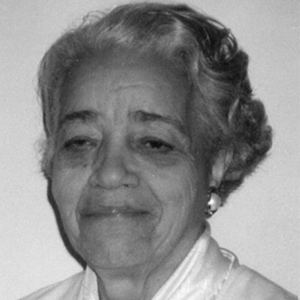
Dorothy Vaughn. Photo Credit: Alamy.
1. Run towards change. Just as Dorothy Vaughn, the NASA human computer, could see the future where human computers would be replaced when the IBM computers came online, I can see that companies embracing analytics will grow an average of 30%+ annually and are on track to earn $1.8B by 2021. What’s behind that growth?
Data insights. Organizations focused on identifying the levers they can pull to achieve the revenue and profit value that capability more important than just focusing on revenue and profit. For example, if a Fortune 1000 company can figure out which KPIs are the drivers of revenue and profit in their business, then it could deliver $65M in net income as long as they have good data. When they have bad data, it could cost them upwards of 25% in revenue.
In short, you can embrace change or deny it – either way change is here – so, I decided to embrace it.

John Glenn: Mercury Astronaut. Photo Credit NASA.
2. Know your landing spot and embrace the numbers. Katherine Johnson’s numbers pinpointing John Glenn’s landing spot were the decision point for his go-no-go decision before blasting off into space. In recent conversations I’ve had with sales, business operations, finance, and marketing executives, they shared with me the fact that analytics is expanding into all aspects of business.
I recognize the marriage of intuition and experience – the art – is increasingly being supplanted by analytics – the prediction of a successful landing. I’m looking to identify new patterns in the data, make the connections, and validate or invalidate the assumptions before action is taken. It helps clients to de-risk the investments being made, reduce costs, improve customer engagement, create flexibility, and reframe how you think about your business model.
3. Analytics is changing how work is done. Mary Jackson wanted to become an engineer, yet race, gender, and access to education were her roadblocks. Applying to the University of Virginia’s engineering program and then she received approval to attend at night at a time when African-Americans weren’t allowed to attend public universities in Virginia. And she did this mid-career.
How your company chooses to embrace these new capabilities requires an investment in upskilling your employees who may be mid-career. When I announced that I had completed the program, one of my former students reached out to me and asked why did I take this class? I told him, just as I had told the MBA students in his class, you have to stay current years after they completed the program. I too have to upskill to stay current. In short, I needed to walk the walk.
Once you’ve upskilled your team, reconfigure the jobs to take advantage of the return on investment. Identify what you’re going to stop doing because of the new capabilities. The investment can help with employee retention. Together you can uncover new solutions customers want, nurture existing customers, and identify new streams of revenue.
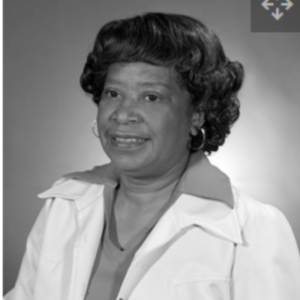
Mary Jackson. Photo Credit NASA.
4. Open the aperture and find opportunities. In order to get the best out of Katherine Johnson, Mary Jackson, and Dorothy Vaugh and to recognize their talents, their supervisors had to open the aperture to let in more light, just like taking a photograph. Their supervisors had to remove the roadblocks to data, encourage the pursuit of education, and recognition of leadership talent, respectively, which opened opportunities for success.
Taking this course opened my eyes to different ways of leveraging analytics to access the insights found in the data. It’s also what I find is critical to success when working with clients experiencing challenges in growing businesses. The tools and techniques used may over time lose their effectiveness because customers, markets, and competitors change. Yet the data can point to new behaviors that can light the way to new opportunities. The beauty of analytics is it give you a window into where to focus and deliver value to clients.
5. Close the aperture and find focus. Once Dorothy Vaugh understood what computers could do, she narrowed her focus to learning the programming language to run those computers. What I find just as critical is the use of data to narrow the aperture.
When aspiring to grow, I find sometimes you can have too many options on the table, creating too much noise and lack of focus. The ability to sift through the data to weigh the options to develop a strategic plan focused on only those few critical things that contribute to growth matters. The story the data tells can enable you to align your company with the customer, provide a direction, and empower you to execute the plan.
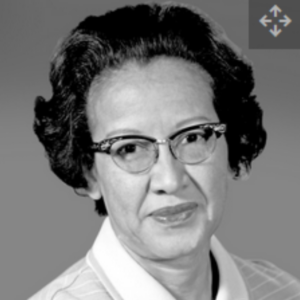
Katherine Johnson. Photo Credit: NASA.
6. Perseverance is key. This program was tough. When I signed up for the course, I knew it would challenge me, and I had to be all in. Just like Katherine Johnson had to figure out the math to determine orbital trajectory of John Glenn’s flight, it was old math. This class leveraged old math – statistics – to help me leverage it in new ways.
I learned a lot of new concepts, tools, and different ways of thinking. And, if you’re not a numbers person, keep trying. From this experience, I found a whole new world that’s pretty exciting because of the opportunity to explore different ways to solve the problem. Sure, it may take you longer to learn it — the point is you learned it.
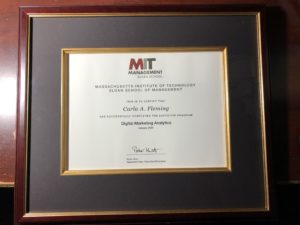
MIT Certificate. Photo Credit: Carla A. Fleming.
I’m embracing the move to analytics because I believe it’s key to find new leverage points for companies to address their challenges of getting closer to the customer and creating strategies for growing sustainable businesses.
How are you thinking about using this time to upskill? Surprise yourself and change the trajectory of your career.
If you’re grappling with how to grow your business and you’re ready to pivot, take the Growth Assessment or you want to trade ideas on how to survive in the age of COVID-19, find a time and let’s talk.
[1] Shetterly, Margot Lee, “Hidden Figures: The American Dream and the Untold Story of the Black Women Mathematicians Who Helped Win the Space Race,” Harper Collins, 2016, Page 41.

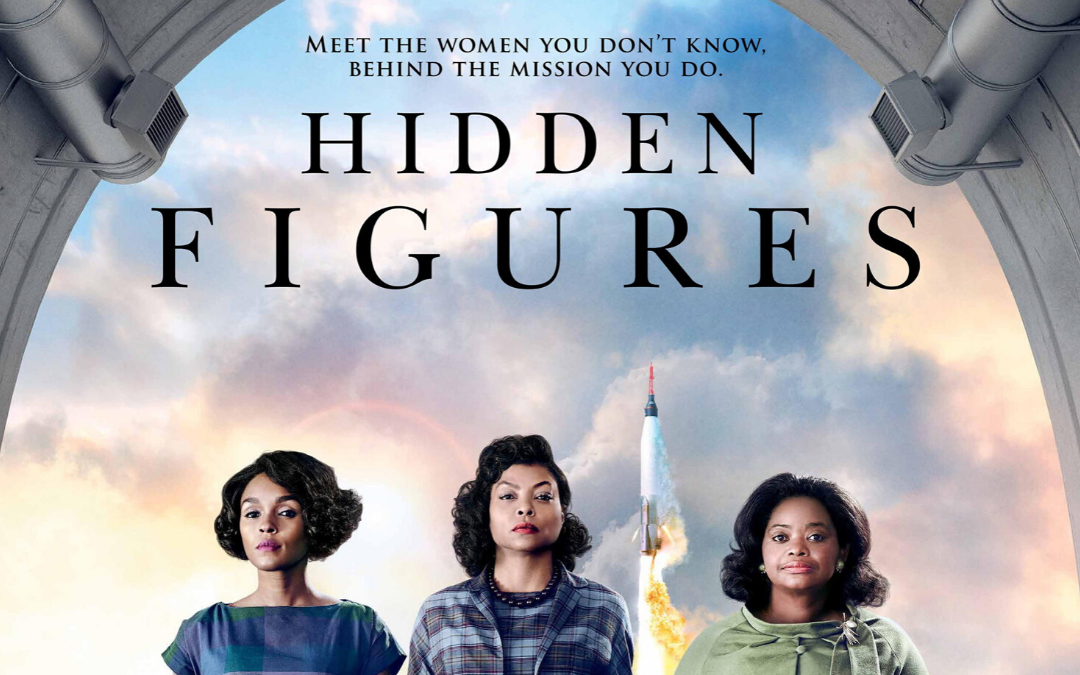
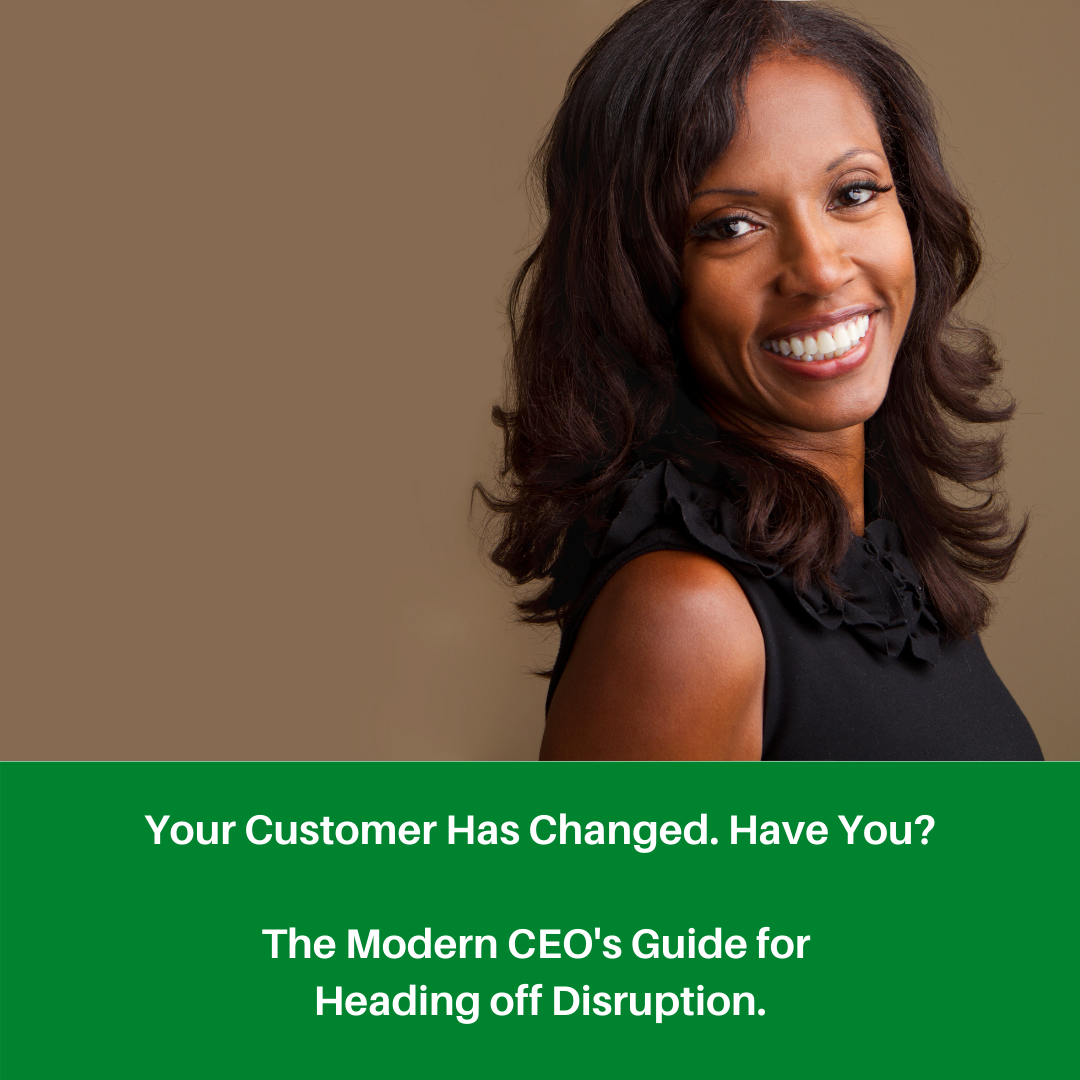
You must be logged in to post a comment.